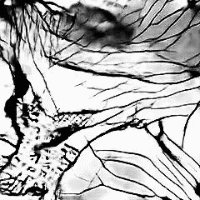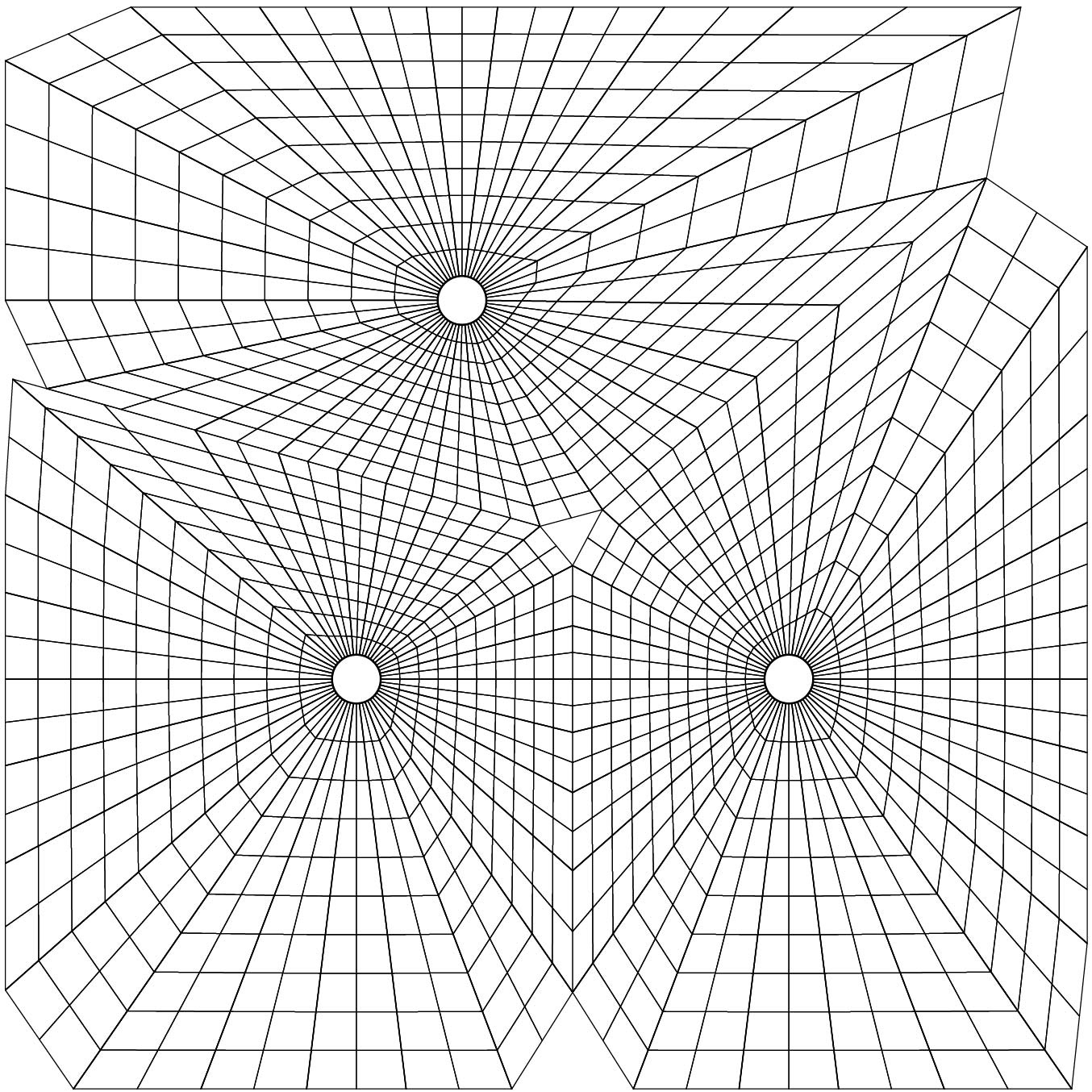Donald Schon establishes architecture as problem setting, necessitating both “a decision to be made”, or the desired end result, and the “means to be chosen”, or the variables of design. However, the independent manipulation of these variables is not nearly as provocative as the creative tension that arises through their interaction. This creative tension is endemic to the design process.
The architect and the engineer are famously intertwined, yet ever at odds. Works born from the creative tension of the hybridization of architect and engineer - consider Otto, Candela, and Nervi - are beautiful not just for their final form, but also for the elegant process by which the forms were created. Despite the proven success of this dynamic, the productive tension between architect and engineer is under threat. In parallel with the expanding adoption of digital design methods, the AEC industry increasingly demands expertise in highly specialized domains, further siloing these two disciplines. Per Sherry Turkle, the nature of tools is related to the social relationships they serve. Computational tools tend to parallel the confining of design activity, both architectural and structural, to a box. They have become opaque “expert” tools wielded by non-experts; intended to be called upon with little interrogation and even less reflection.
Should the confines of this black box be embraced, or should the diverging disciplines of architecture and engineering be reunited under the banner of a modern master builder? Can a dilettante designer capture the elegance of structurally derived architecture, or is a broader collaboration and a deeper expertise required? This thesis speculates on the return of the master builder - the synthesis of architect, engineer, and builder - in the context of computational design. This new social configuration for design requires new tools: if we are to abandon the black boxes that have siloed architects and engineers, what new methods will replace them?
Four hundred spiderwebs are photographed and curated to act as a data set for a machine learning algorithm and development of a new generative adversary network (GAN) image set. Selected spider webs serve as inspiration for future form finding.








Physical and digital form finding models are created with various connections and field conditions, stretching tension nets into multiple configurations.








Building on initial form finding, new computational methods of design are here developed to support a reconfigured relationship between architect and engineer, focusing specifically on the design and dual evaluation of tension net structures. A new generative design method is established that accounts for architectural aesthetics and structural performance through a dual evaluation cycle.
First, digital tension net structures are independently analyzed by highly specialized “experts” or “critics” based on gravity form found nets and a projection of their shape.
An expert architectural machine learning model is trained to recognize qualitative, expressive qualities. Below, nets are placed on a spectrum from aggressive to amiable. An engineering critic evaluates quantitative structural performance based on a simplified strain evaluation.
These experts are deployed in the evaluation of a larger generative design cycle, offering “critiques” of candidate designs from their points of view. Such a tool is productive of not only balanced design solutions, but solution sets that can illuminate desires independently. Below, the experts are attempting to find a balance between amiable and structurally efficient.
This new computational tool allows for flexible application, reconfigurable to the desires of a client. Approached by Airbnb to install a series of suspended camping units for bougie adventurers, tension net structures are here introduced to a remote canyon site.
The net is anchored at multiple locations across the canyon, with variable density cable nets creating occupiable space. This dense cable net creates a path, guiding visitors through a suspended campsite and over the canyon.




Moments of enclosure are offered through the placement of objects within tension rings, offering the ability to occupy previously unreachable spaces.




Occupy space that was previously out of reach. Gather at the suspended campfire or sleep above the canyon below. Meet friends or camp alone within this suspended campsite.





